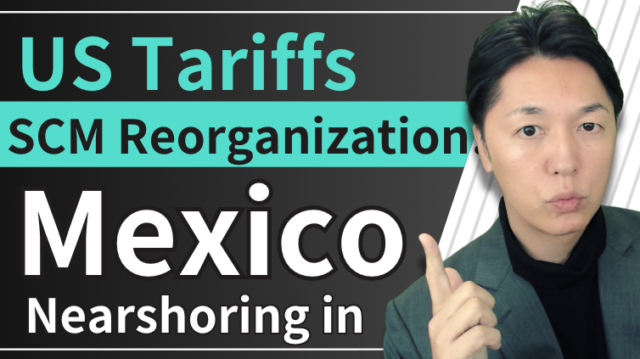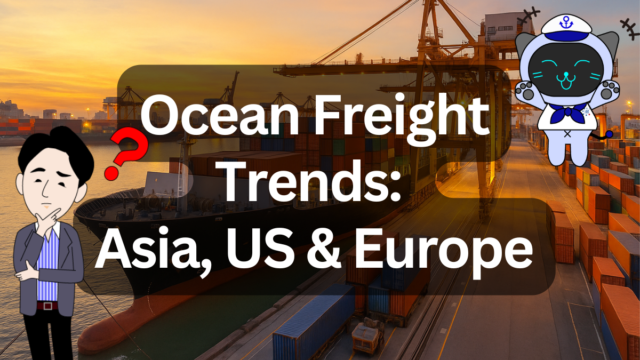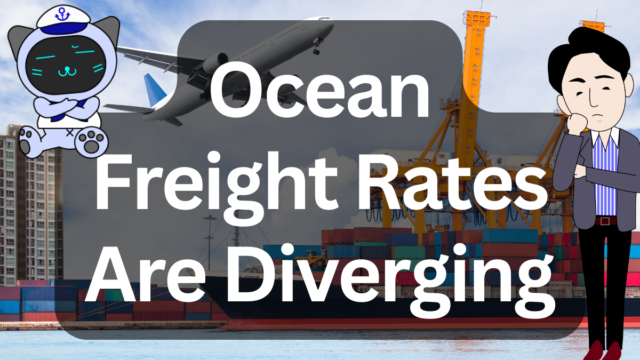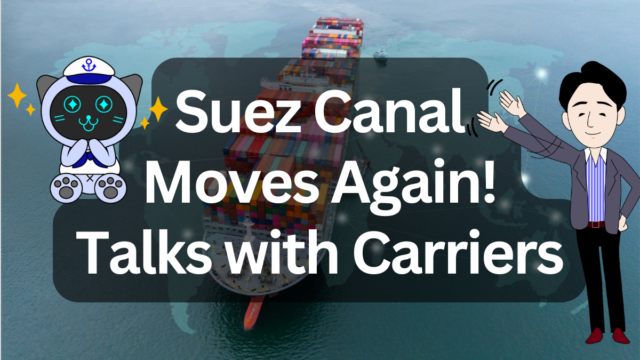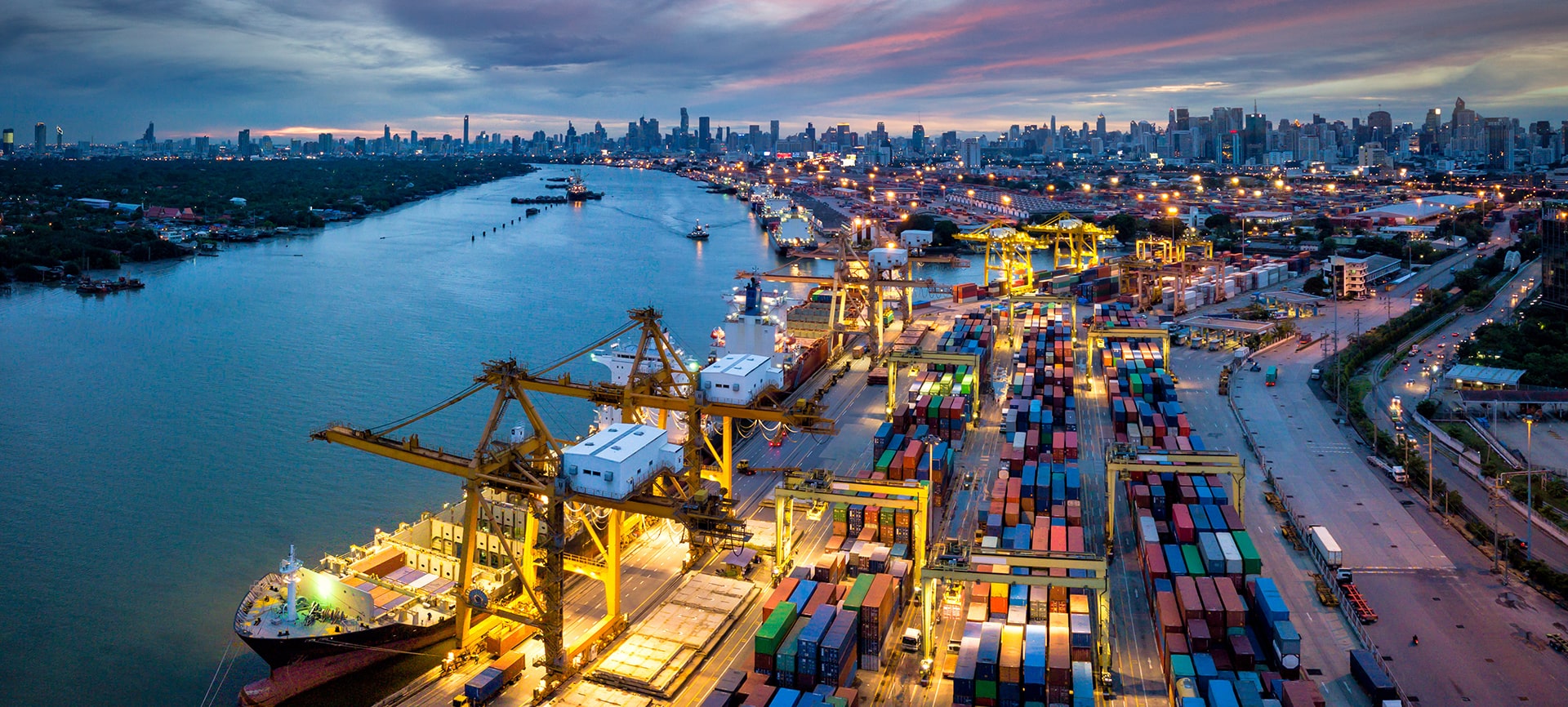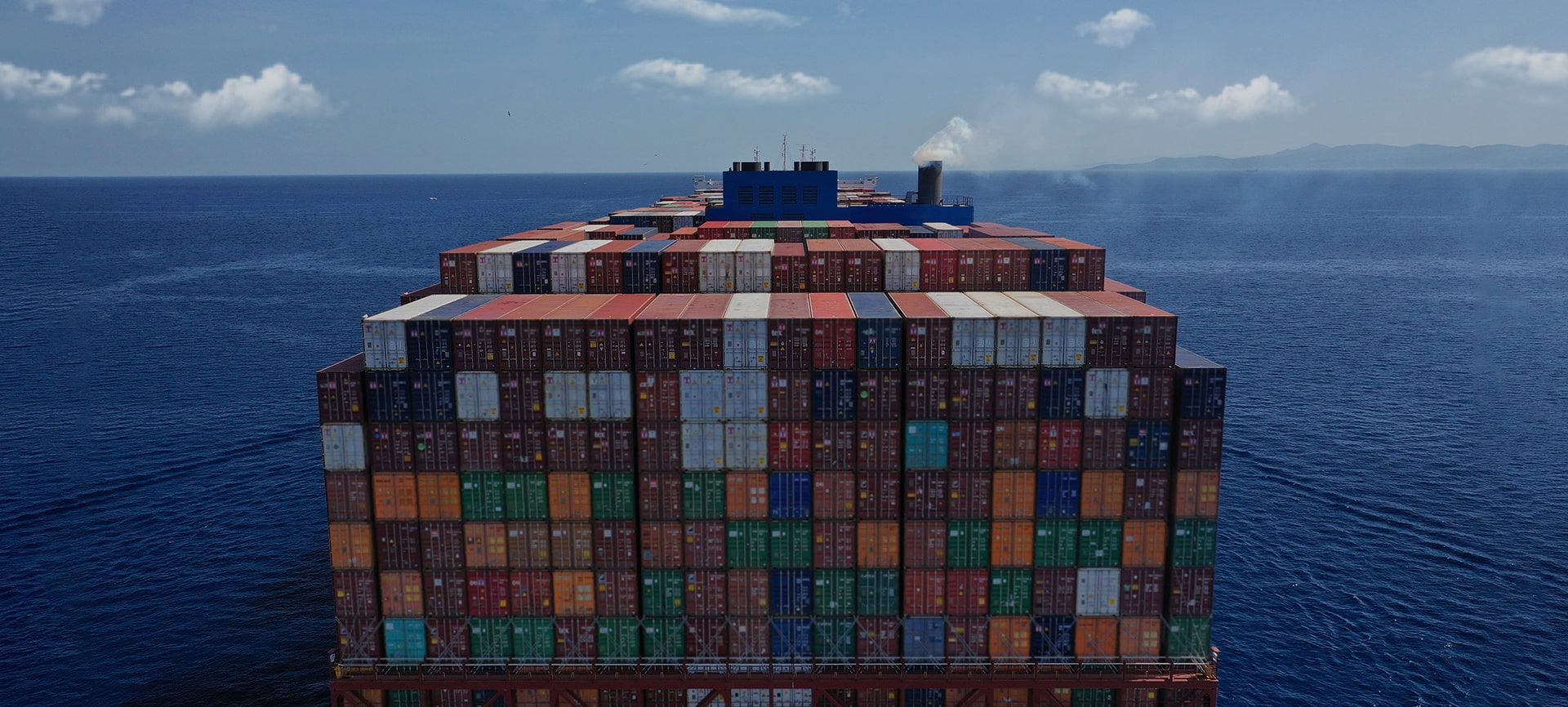Posted on: June 25, 2025 / Last updated: June 25, 2025
Global Ports in Chaos! Why Major Hubs Like Rotterdam and Singapore Are Facing “Unprecedented Delays”
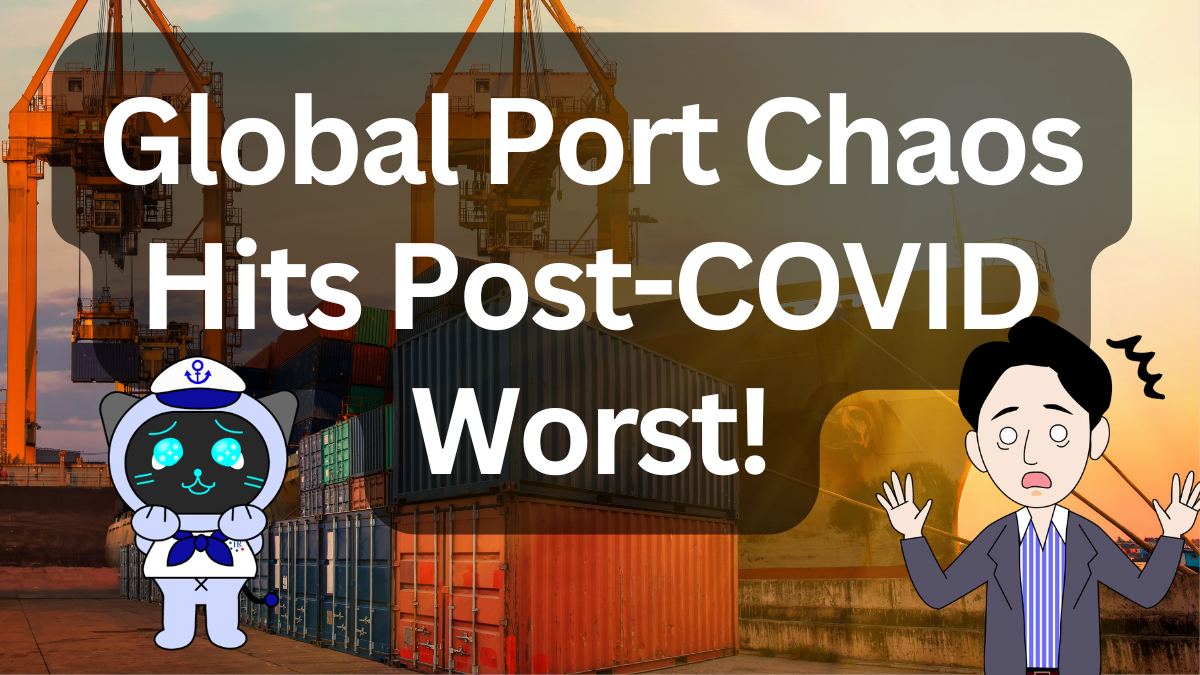
As of June 2025, major ports around the world are facing unprecedented congestion and delays.
According to logistics data provider TRADLINX, waiting times at European and Asian ports have tripled to over 10 days on average.
96% of global ports are reporting disruptions in cargo handling.
CONTENTS
Severe Disruptions at European Ports
● Rotterdam Port (Netherlands)
Ongoing strike at APM Terminal
Delays of 6–10+ days
Long anchorage times offshore reported
● Antwerp-Bruges Port (Belgium)
Delays of 44–80 hours on average
Severe cargo backlog impacting operations
Asian Hubs Also Struggling
● Ningbo-Zhoushan Port (China)
Export surge has pushed delays from 7 to 10 days
● Singapore Port
Transshipment delays of up to 2 weeks
Yard utilization exceeds 85%, signaling heavy congestion
Delays Spreading to Other Hubs
South Africa (Cape Town, Durban)
Savannah Port (U.S.)
Manzanillo Port (Mexico)
→ Average delays of 5–10 days
Other major ports like Shanghai, Los Angeles, and Hamburg are seeing 3-day average delays.
On-Time Arrival and Cost Impacts
Global on-time arrival rate drops to 59% (pre-COVID: 80–90%) Demurrage fees are $75–$300 per container, significantly raising costs
Root Causes of Port Congestion
- Labor disputes & shortages: 60%
- Aging infrastructure & capacity limits: 52%
- Policy changes: 44%
- Weather events: 32%
- Geopolitical risks: 28%
These factors are intertwined, lowering port efficiency and slowing customs clearance.
Geopolitical Factors Affecting Global Shipping
Red Sea: Houthi attacks force Suez Canal avoidance → higher costs & longer routes
Haifa Port (Israel): Major carriers have suspended calls
Panama Canal: Water levels remain low, restricting traffic → U.S. East Coast delays
3 Key Actions for Logistics Firms & Shippers
① Real-time Monitoring of Port Conditions
Track congestion to enable quick decision-making and route changes.
② Diversify & Use Alternative Ports
Consider shifting from heavily congested ports like Rotterdam or Ningbo.
③ Strengthen Cost Management
Prepare for up to $300/container in demurrage with price negotiations.
④ Enhance Supply Chain Visibility
Implement systems to identify bottlenecks immediately (per TRADLINX).
Conclusion: Preparedness Over Optimism
Port congestion has reached post-COVID peak levels worldwide. Risks include labor, infrastructure, policy, weather, and geopolitics.
Readiness—not hope—is the key for logistics resilience today.


